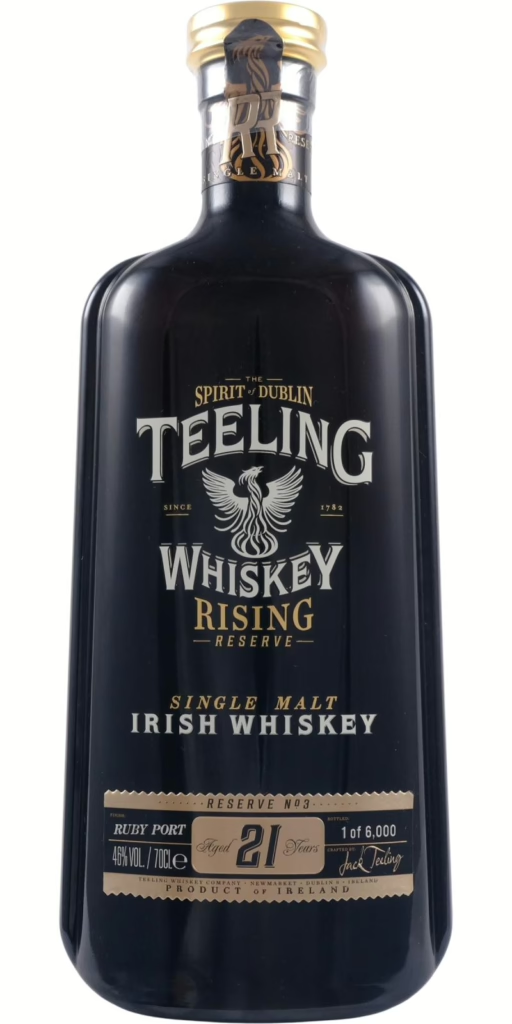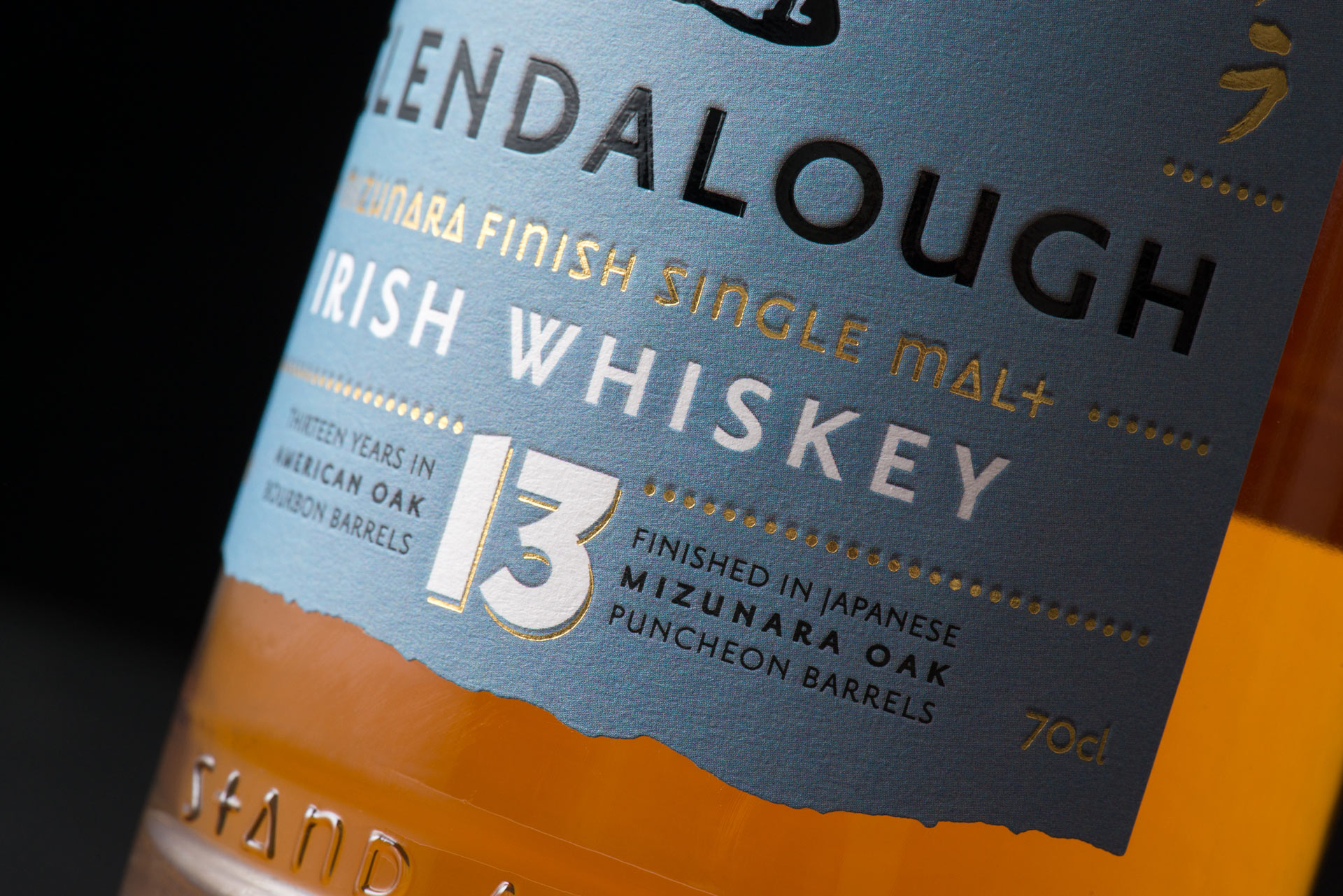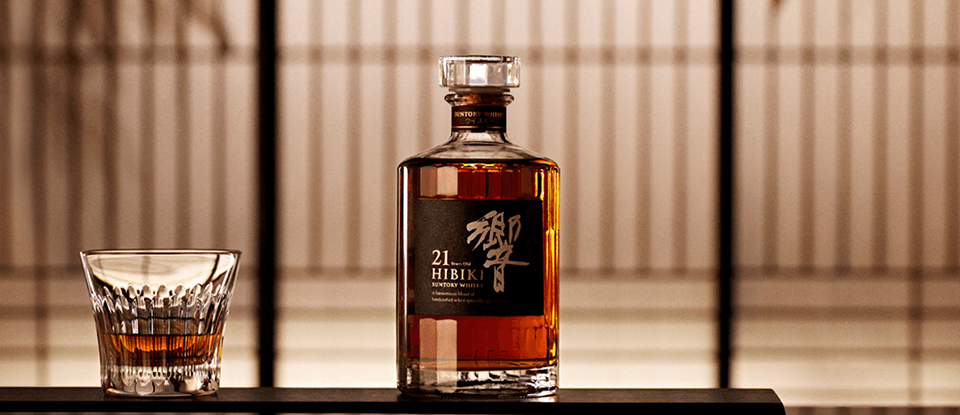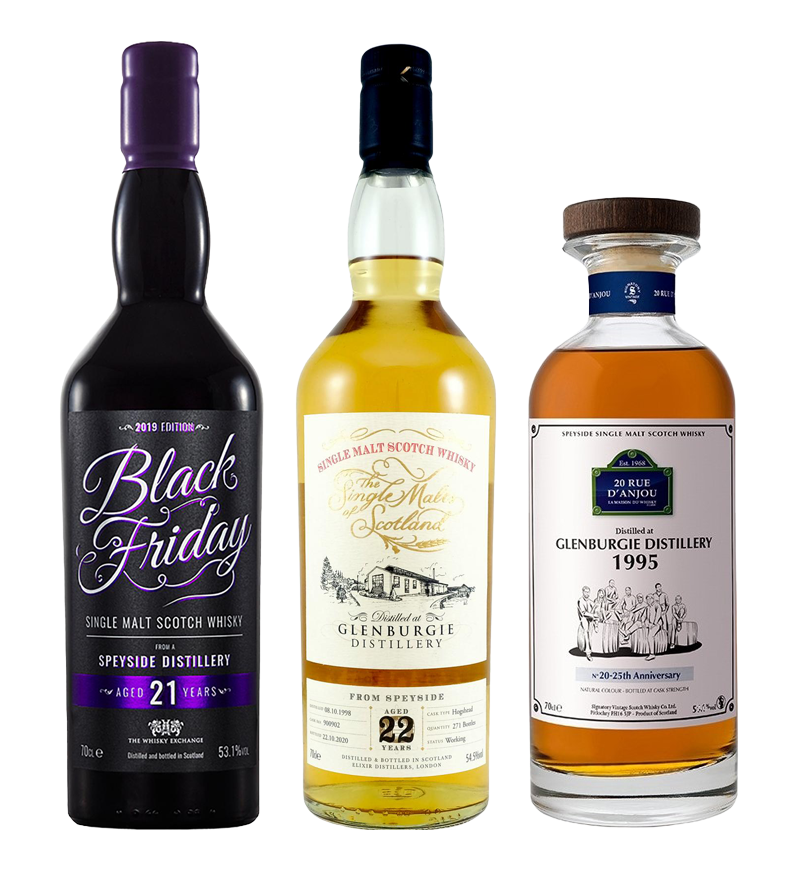For a change, we’re reviewing a whiskey that’s actually still available and not already sold out, long gone, or marked up threefold on the secondary market. Hard to believe, right? Recently, I was working as an exhibitor for a Scottish independent bottler at the Nantes Spirits Festival, a whisky show. It has nothing to do with this Teeling, I know, but one of the perks of being an exhibitor is the chance to sample a few whiskies and malternatives before or after the event opens to the public—or even during a quick break. Who needs food when you can savour some good or even exceptional whiskies and cognacs, right? Anyway, while I was pouring my own whiskies for Baptiste Charron, the French Teeling ambassador, we got talking, and he introduced me to the Teeling 21-year-old Rising Reserve No.3, which I’m reviewing today. I was lucky enough to take a sample home with me to taste it again, with time and a fresh palate. But first…
Wait, That’s Not Really Teeling?
Young distilleries often face a challenging dilemma: they need to generate revenue while waiting for their own whisky to mature, a process that typically takes at least three years and often much longer for a quality spirit. To bridge this gap, some choose to distil white spirits that don’t require maturation, like gin or vodka. But some others choose to bottle and sell whisky sourced from other distilleries under their own brand. This strategy allows them to establish a market presence and generate cash flow while their own whisky ages. However, these sourced whiskies may not necessarily reflect the character or craftsmanship of the young distillery’s eventual product, creating a disconnect between the brand’s promise and its actual offerings.
Bottling whisky from other distilleries can also serve as a way for young brands to offer a more complete portfolio. Many new distilleries may not yet have the capacity to produce a range of different styles, ages, or finishes of whisky. By sourcing whisky, they can quickly diversify their product lineup and appeal to a broader audience. For consumers who are unfamiliar with the distillery or this kind of practice, a varied portfolio can suggest an established, versatile operation, which is appealing even if the whisky itself originates elsewhere. This practice, while commercially savvy, can lead to misleading impressions about a distillery’s maturity and production capabilities.
The problem with this approach arises when there is a lack of transparency about where the whisky is sourced from. Some brands obscure the origins of the whisky, giving the impression that it is entirely produced in-house. This can mislead consumers who believe they are buying a craft product with a unique story, rather than a rebranded whisky that could be found elsewhere under different labels. The allure of a handcrafted, locally produced whisky is a significant factor for many enthusiasts, and this perception is undermined when the origins of the spirit are hidden.
Another issue is that non-disclosure about sourcing creates a marketplace where it’s difficult to compare quality and value. If consumers are not aware that multiple brands are selling whisky from the same distillery, they may attribute differences in taste to unique craftsmanship rather than factors such as batch variation or differences in maturation conditions. Without transparency, it is challenging for consumers to understand what they are paying for and make informed decisions based on factors like distillation techniques, aging processes, or cask selection.
The young distilleries that rely on sourced whisky may inadvertently damage their reputation once they begin bottling their own spirit if the quality or flavour profile changes significantly. Consumers who were initially attracted to the brand might feel misled when they realise the whisky they loved was not made by the distillery itself. This shift can harm brand loyalty, as consumers may perceive the distillery’s own product as inferior to the sourced whisky, especially if the transition is not communicated openly.
For the industry as a whole, a lack of transparency around sourced whisky can undermine trust. The whisky community places a high value on authenticity and storytelling, and when brands are less than forthright about the origins of their products, it erodes confidence. The expectation is that craft distilleries are creating something distinct and locally rooted, and when that expectation is not met, it casts a shadow over the legitimacy of smaller, newer brands, even those that are fully transparent about their sourcing practices.
Additionally, the practice can diminish the perceived value of whisky as an artisanal product. If consumers discover that the whisky from their favourite small distillery is no different from another brand’s expression sourced from the same large producer, it can give the impression that whisky making is more about marketing than craftsmanship. This may push consumers to prefer more established brands with a long history and a reputation for in-house production, thus hurting the sales potential of young, genuinely craft-focused distilleries.
The problem is exacerbated by the vague labelling regulations in many regions, which often allow for broad terms such as “distiller’s selection” or “crafted by” without requiring brands to disclose that the whisky was sourced. These terms can be easily misinterpreted, leading consumers to assume that the whisky was produced in-house. Clear and standardised labelling that explicitly states the origin of the whisky would help create a more level playing field and allow customers to know exactly what they are buying. Transparency could also incentivise distilleries to take a different approach to sourcing, such as disclosing where the whisky comes from and highlighting the cask finishes or blending techniques used to create a unique product. This would not only differentiate their offerings from others using the same sourced whisky but also add an element of craftsmanship and creativity that aligns with the expectations of modern whisky enthusiasts.
Ultimately, the lack of transparency regarding sourced whisky undermines the potential for young distilleries to build lasting, authentic relationships with their customers. While sourcing whisky can be a necessary business decision for a new distillery, honesty about where the origin of the product would contribute to a more informed, appreciative, and engaged consumer base. This transparency is key to maintaining the integrity of the whisky industry and ensuring that new distilleries can grow their reputation based on the quality and uniqueness of their own work.
Naturally, knowledgeable enthusiasts already know that Teeling only began distilling about a decade ago, so all the older whiskies they’ve released over the years (like the remarkable 24-year-old) couldn’t have been distilled at the Teeling distillery itself. The distillery was founded by Jack and Stephen Teeling, whose father, John Teeling, had broken the monopoly by establishing Cooley Distillery in 1987. When the Teeling distillery was set up, they brought along many casks of whiskey that had been distilled at Cooley. But let’s now carry on with the review of the Teeling 21-Year-Old Rising Reserve No.3.
Teeling 21-Year-Old Rising Reserve No.3 Review
As noted earlier, this single malt wasn’t distilled by Teeling themselves but was most likely produced at Cooley. The 21-year-old, the third release in the Rising Reserve series, was aged in ex-bourbon casks before being finished in Ruby Port casks. It was bottled at a reduced strength of 46%, with a generous outturn of 6,000 bottles. The whiskey is still available, priced around €200-230 in Europe, and some retailers may offer shipping to the UK.

Colour:
Tawny.
Nose:
Neat: Medium intensity. Notes of raisins, plums, and cinnamon come through, with a hint of spice and grapes. There’s a touch of dried herbs, a soft citrusy tang (lime or perhaps orange zest), and red berries. Subtle undertones of caramel, wine gums, and cherry cola round the nose out.
Palate:
Neat: Syrupy mouthfeel. It opens with an oak character and wine-like notes, accompanied by sour fruits. The raisins return, now joined by dates and unripe figs, along with hints of beeswax. Spices emerge, including pepper, cinnamon, and nutmeg, with a touch of Tabasco sauce. There are also notes of grapefruit and orange peel, with a slight bitterness from the pith.
Finish:
The finish is long and warm, with lingering notes of wood and dark fruits, accompanied by a citrusy sourness and a touch of pepper.
Comments:
I’ve been growing less fond of port-finished whiskies lately, but I have to admit I really enjoyed this Teeling 21-year-old Rising Reserve No.3. The Ruby port finish has certainly made its mark on the original whisky, adding layers of jammy fruit and fresh oak, yet it all comes together nicely. It’s an ideal autumnal whisky, perfect for sipping by the fireplace while watching the brown leaves drift from the trees on a chilly day.
Rating: 7/10
Thanks Baptiste!
But Don’t Trust Our Word For It…
Ruben @whiskynotes reviewed it a few months ago as well as the first two expressions, go read his review for another perspective!



